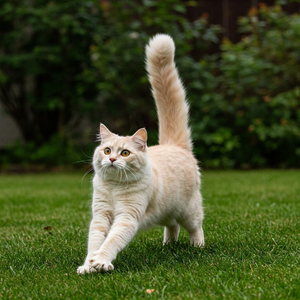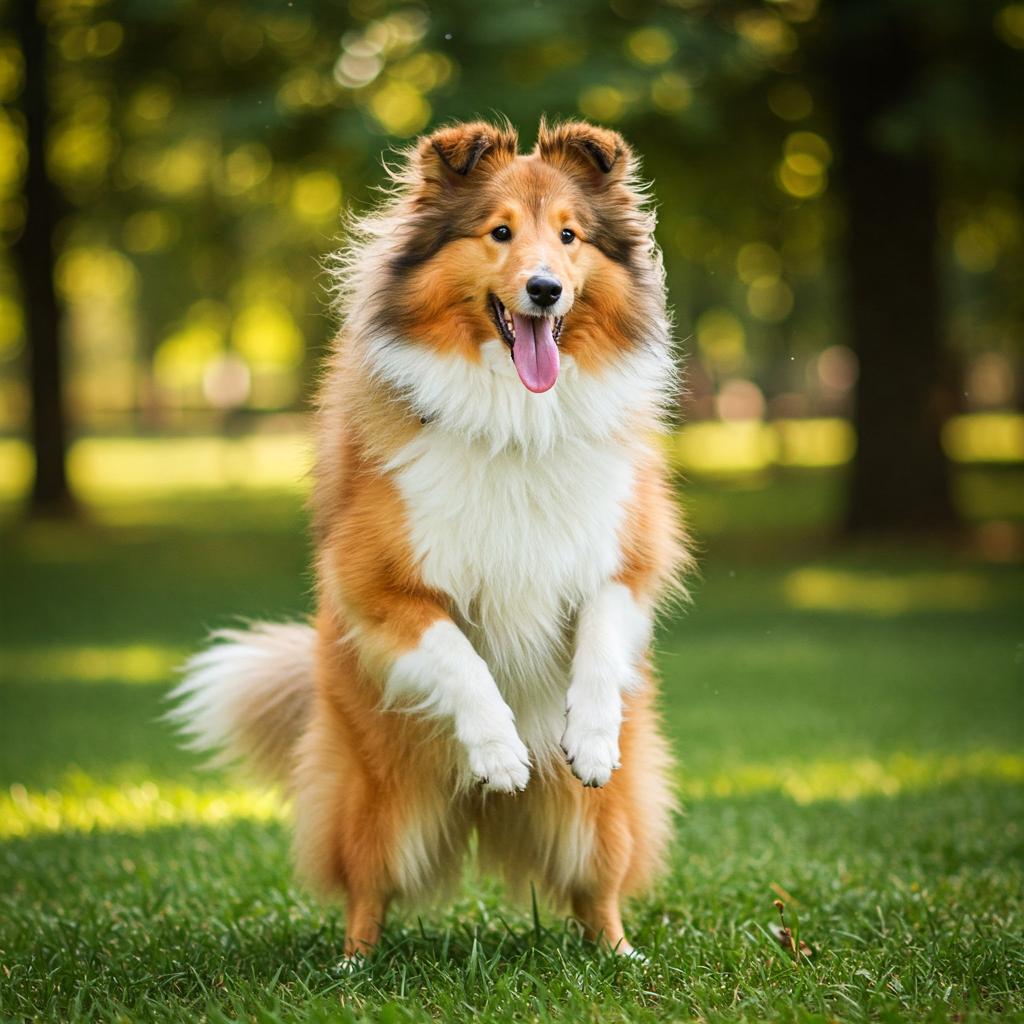
The Collie or Scottish Shepherd Dog Breed
The origins of the collie dog breed is Scottish and is thought to originate from a strain of dogs indigenous to Scotland crossed with other breeds imported by the Romans during the colonisation of England. So the strain is undoubtedly a couple of millennia old, when sheep and goat breeding was already widespread and well developed. This gave rise to many breeds of sheepdogs.
Another theory regarding its origins is that it was born from a cross between a Russian greyhound and an Irish setter. Its name ‘collie’ comes from col meaning black. This term was used to refer to Scottish sheep that had dark coats and were called colleys, consequently it was called colley dogs and was later simplified to collie.
Until the latter half of the 1800's there was no concern to distinguish between the long-haired collie called the rough collie and the short-haired, smooth collie; in hunting dog shows and other breeds the collie was referred to as the English sheepdog. It was not until the late 1800s that there was official recognition of the two varieties: the short-haired and the long-haired.
Much better known is the long-haired one, the other is unfortunately almost unknown. Much popularity for the collie came with Lessie, the canine character created by Eric Knight and who was the main character in highly successful novels, films and television series. Even today, many people call this breed ‘Lessie’.
Over the years, popularity has declined, but this breed continues to be well known and loved as a pet.
Character of the collie or Scottish shepherd dog breed
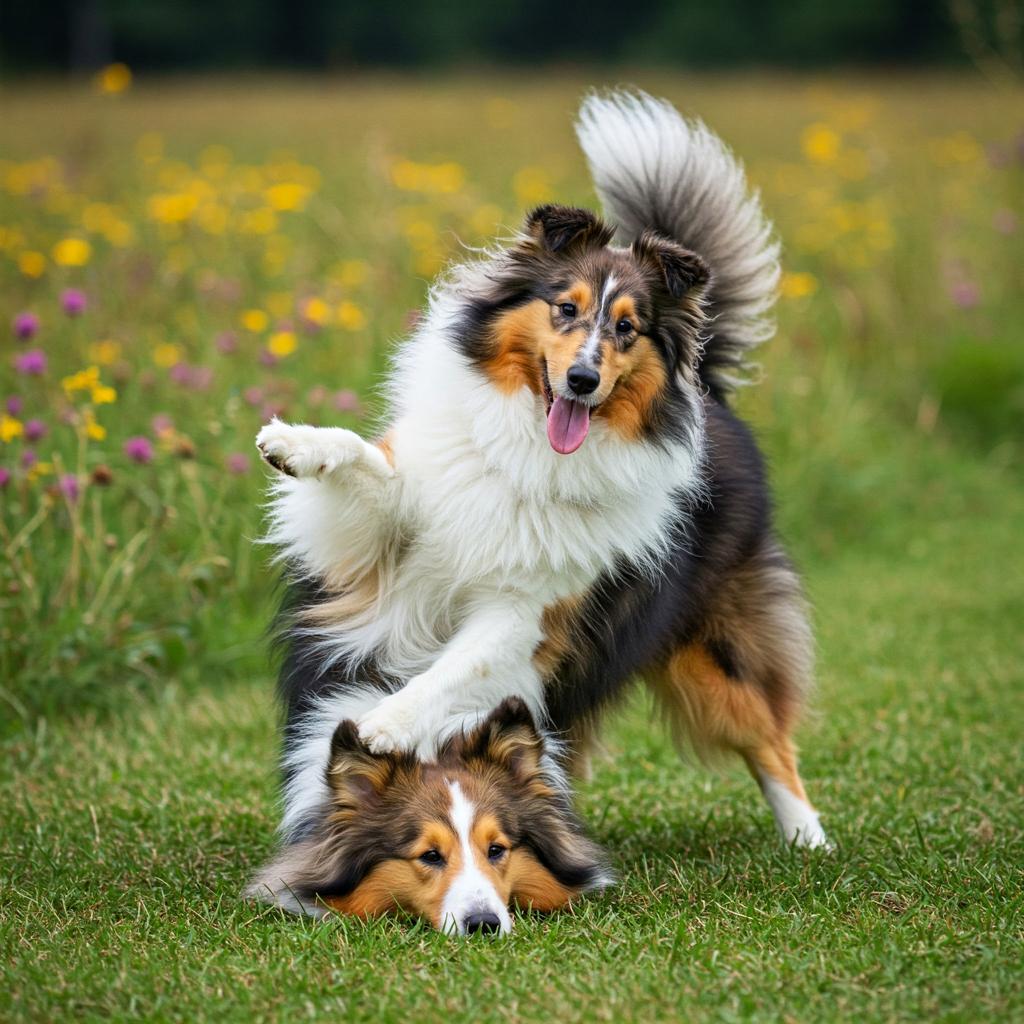
He is very attached to his property and his family unit; he is particularly docile with children, so much so that he becomes their defender when they are scolded by their parents. It is easy to train because it learns everything easily and is very intelligent. Thanks to these characteristics it is also used as a defence and police dog, as a guide dog for the blind and is very successful in pet-therapy.
It is a dog that needs exercise, so it needs to have long daily outings to run and explore, but it is also a very affectionate animal that would always stay with its family, so it is unthinkable to leave it to live maybe in the garden.
He is very fond of dog sports such as agility and also has aptitudes for rescue work. He is an excellent guardian, attentive but never aggressive, with great balance and social skills with the other dogs and pets in his household. Obviously he must be socialised as soon as possible to interact with other people or animals, otherwise he may be shy and reserved.
Appearance of the collie or Scotch sheepdog dog breed
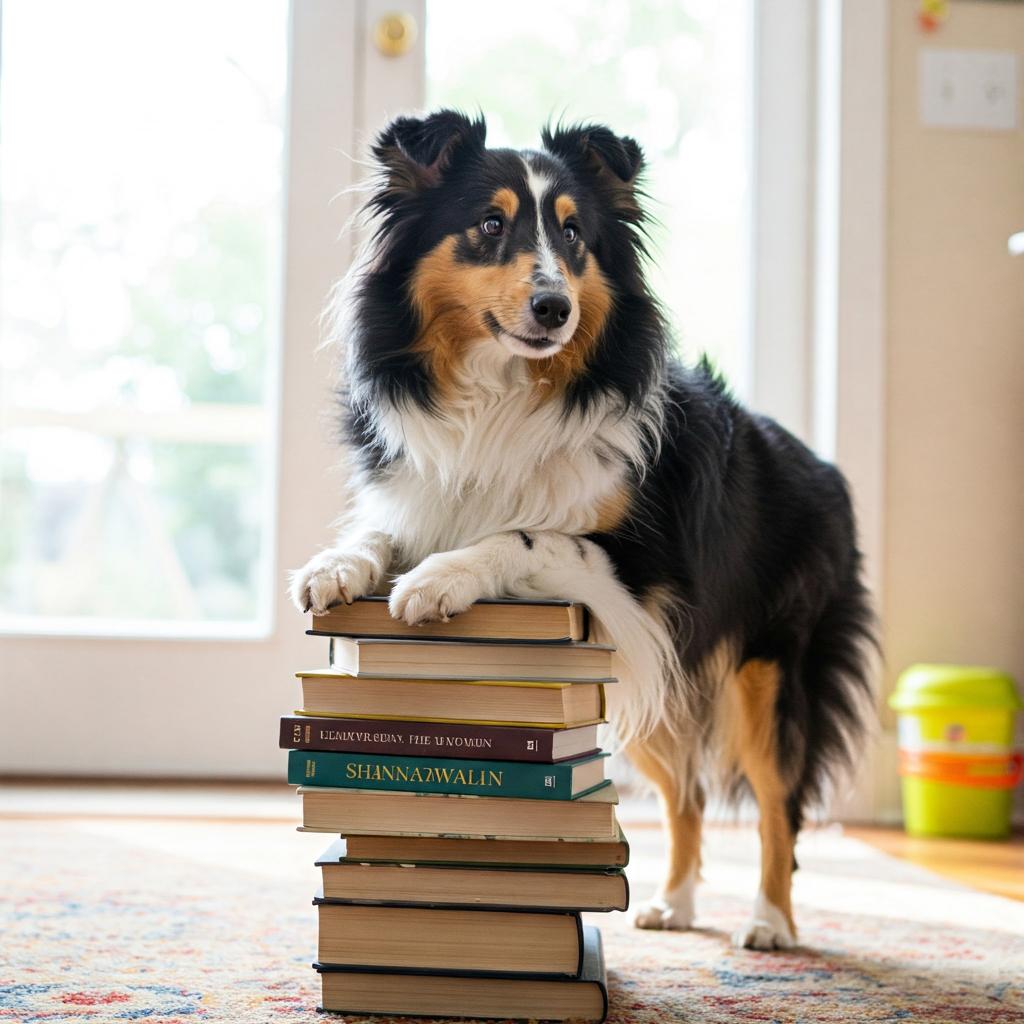
It is robust but not massive, well-proportioned and agile, also because it was born as a working dog. Its movements are elegant and fluid. Its legs are strong and muscular, but not large; its tail is usually carried low and with the tip pointing upwards, in action it is carried high.
Its head is conical, with a smooth profile; it does not have a pointed muzzle, although the sides of the muzzle gradually taper from the ears to the tip of the nose. The truffle is black, the eyes are medium-sized, almond-shaped and arranged obliquely. They are usually dark brown, except in blue merle specimens, which may have one or both eyes totally blue or speckled blue. Its expression is sweet, full of intelligence with a quick, alert gaze. The ears are small, carried back at rest, but in attention semi-erect forward.
The coat is the most distinguishing feature of this breed; it is long, dense with a smooth, hard cover coat, while the undercoat is soft and woolly, so dense that it hides the skin. The fur forms a real mane and very abundant fringes, while on the muzzle the hair is smooth, as are the tips of the ears, which, however, have long hairs at the base.
The colours of the fur can be sable-coloured with some white (light golden or dark mahogany with white patches), tricolour (black, fire and white) and blue merle (predominantly silvery blue, with some black spots). The hind limbs are provided with abundant hair above the hock.
Health and care of the collie or Scotch sheepdog dog breed
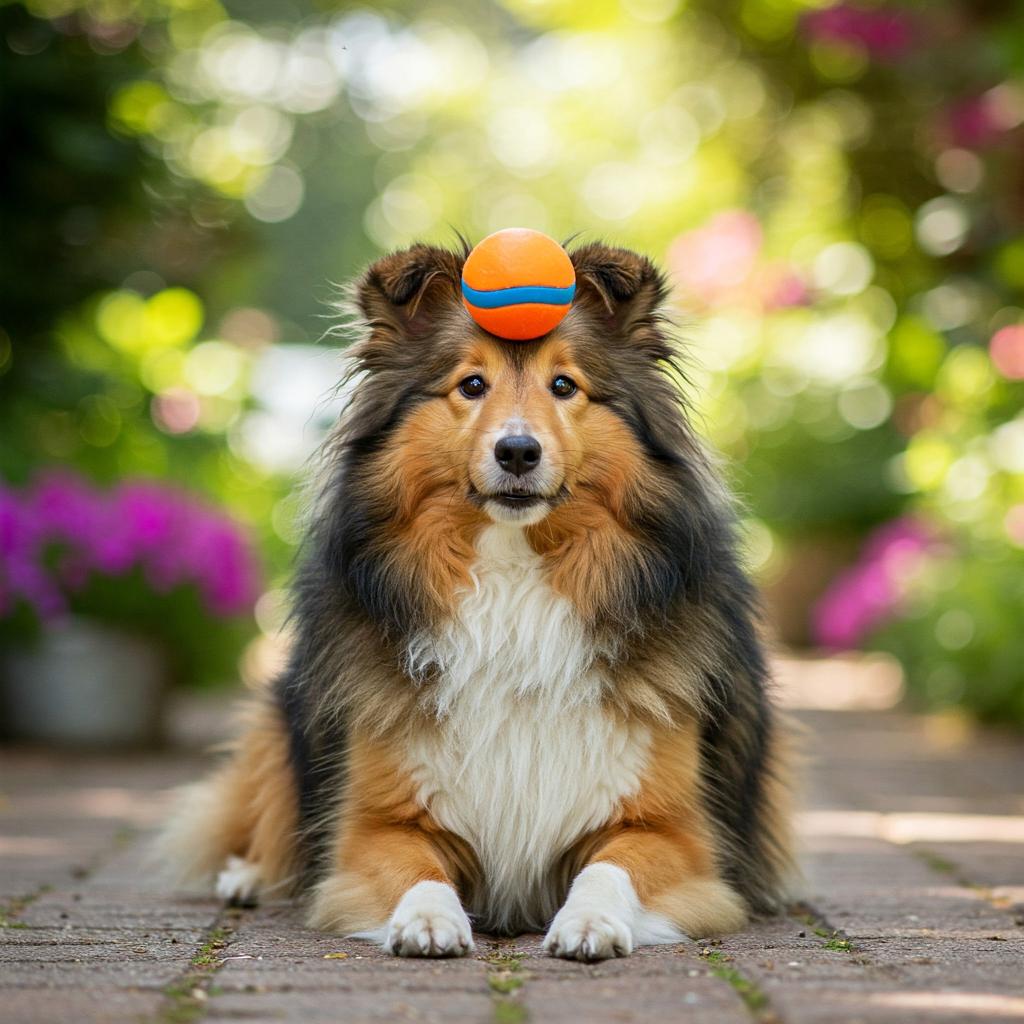
His average life expectancy is about 12 years, his double coat protects him well from cold and weather but does not help him withstand high temperatures.
If he does not get enough exercise he has a tendency to gain weight so it is good that his diet is controlled and above all that he gets all the exercise he needs, daily.
As far as looking after his coat is concerned, this being long, it should be combed almost daily to avoid knots and felting, especially behind the ears and the fringes on the paws. It is not necessary to bathe him frequently as he tends to get very little dirty.










